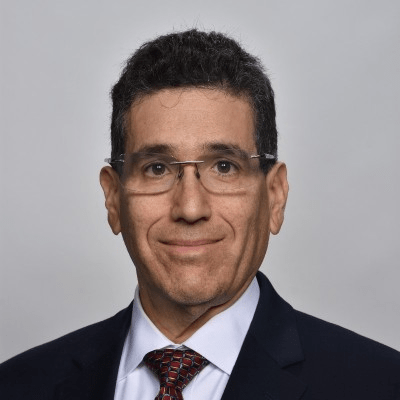In today’s economic climate, the costs of running your own medical practice continue to rise. Expenses for medical supplies, health IT, utility costs, and paying your staff reduce your profitability. But private practices cannot function without these costly goods and services. That’s why it’s so crucial to maintain a steady revenue stream—balancing expenses with daily income.
There are many benefits of small practice health IT. Check out these tips for maintaining independence and controlling costs.
Assess practice areas
Auditing areas of inefficiency and pain points across your practice is essential. How effective is your staffing? Are you ensuring that there is an appropriate distribution of labor? Consider the roles held within your current practice. For example, has your patient load drastically declined over the last two years, while you retained all your staff? Would an office manager or clinical lead assist in efficient and accurate care? Are there hours that you are open but do not need to be?
Strategies to implement include:
- Assess miscellaneous practice expenses and fees
- Review administrative roles
- Compare fees for vendors and medical supplies
- Review business insurance and malpractice liability coverage—consider joining a physician or provider network
- Examine utilities costs and the location of your practice (Should you rent or own? Are needs for space and desired features being met or would a change be financially beneficial)
- Audit on-hand medication supply and use frequently; avoid overstocking
- Eliminate paper wherever possible – mailings, charting, reports, directories, etc.
Consider outsourcing your billing department
By using a comprehensive medical billing solution, you can focus on capturing more revenue, while dedicating more staff resources to patient care; a win-win scenario. Your mission is to do what you do best—deliver high quality care, while maximizing reimbursement. Outsourcing your billing department to a medical billing business that has the automation and customization you need can help you achieve your financial goals. A good billing partner enables your practice to scale operations as needed and reduce expenses without reducing cashflow.
It's important to consider outsourcing because staff recruitment and retention can be significant barriers to timely claims management and payment. Automate as many practice management processes as you can, such as eligibility status checks, claims creation, claims status checks, statements, and reports. This helps ensure proper reporting and compliance. Running a more efficient practice can also improve your ability to attract and retain patients and staff.
Use patient engagement solutions
Consider online scheduling for patients, reducing staff time required for basic administrative tasks. This way, they can focus on more pressing, unique needs. More and more patients have familiarized themselves with online scheduling. For some, it’s a deciding factor whether they will want to schedule
care at your office. Give them a digital front door. Meet patients where they are, while simultaneously easing strain on staff.
Think about cloud-based technology
As a small practice you have many options. But when managing a small practice of under 10 providers with very limited IT resources, ensure you are utilizing an efficient and cloud-based electronic health record system. When practices like this use cloud-based technology, they can eliminate unnecessary IT overhead and the burden of wasting valuable time on in-house technology issues.
Use these key considerations for small practices to choose the best health IT solutions that fit like a glove.





